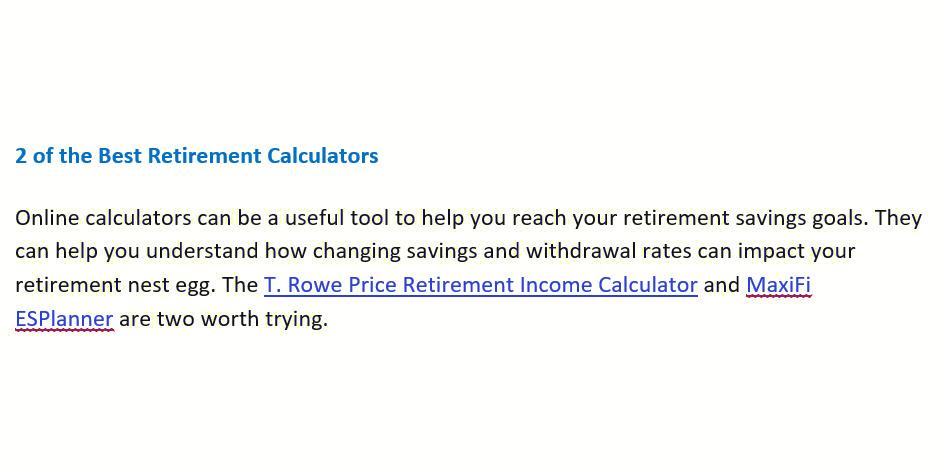Understanding Retirement Needs
Retirement is a significant milestone in one’s life, and it’s crucial to plan for it financially. The question of “how much money do you need to make to retire” is one that many people ponder. The answer, however, is not straightforward and depends on various factors. Let’s delve into the details to help you determine the amount of money you’ll need to ensure a comfortable retirement.
Factors Influencing Retirement Savings
Several factors can influence the amount of money you’ll need to retire. Here are some key considerations:

| Factor | Description |
|---|---|
| Life Expectancy | Your life expectancy plays a crucial role in determining how much money you’ll need. A longer life expectancy means you’ll need more savings to cover your expenses for a longer period. |
| Desired Lifestyle | The lifestyle you want to maintain in retirement will significantly impact your savings needs. A more luxurious lifestyle will require more money, while a simpler lifestyle will need less. |
| Current Savings | Your current savings will determine how much more you need to save. If you have a substantial amount already saved, you may need less to reach your retirement goals. |
| Retirement Age | The age at which you plan to retire will affect your savings needs. Retiring earlier means you’ll need more savings to cover a longer period of time. |
| Health Insurance | The cost of health insurance in retirement can be significant. It’s essential to factor in this expense when determining your retirement savings needs. |
Calculating Retirement Savings Needs
Calculating how much money you’ll need to retire can be challenging, but there are several methods you can use to estimate your savings needs:
1. The 4% Rule
The 4% rule is a popular method for estimating retirement savings needs. It suggests that you can withdraw 4% of your savings in the first year of retirement and adjust the amount for inflation each year. For example, if you have $1 million in savings, you can withdraw $40,000 in the first year, $40,800 in the second year, and so on.
2. The 25x Rule

The 25x rule is another method for estimating retirement savings needs. It suggests that you’ll need 25 times your annual pre-retirement income in savings to maintain your lifestyle in retirement. For example, if you earn $100,000 per year, you’ll need $2.5 million in savings.
3. The Bucket System
The bucket system is a method that involves dividing your retirement savings into three buckets: short-term, medium-term, and long-term. This system helps you manage your savings and ensure you have enough money for immediate needs while also investing for the long term.
Investing for Retirement
Investing is a crucial component of building your retirement savings. Here are some key points to consider:
1. Diversification
Diversifying your investments can help reduce risk and increase the likelihood of achieving your retirement goals. Consider investing in a mix of stocks, bonds, and other assets.
2. Risk Tolerance
Your risk tolerance will influence your investment strategy. As you approach retirement, it’s essential to reduce your exposure to high-risk investments to protect your savings.
3. Tax-Efficient Investing
Tax-efficient investing can help maximize your retirement savings. Consider using tax-advantaged accounts like IRAs, 401(k)s, and Roth IRAs to grow your savings tax-free or tax-deferred.
Monitoring and Adjusting Your Retirement Plan
Your retirement plan is not a one-time event but an ongoing process. Here are some tips for monitoring and adjusting your plan:
1. Regularly Review Your Plan
Review your retirement plan annually to ensure it aligns with your goals and adjust as needed.
2. Stay Informed




